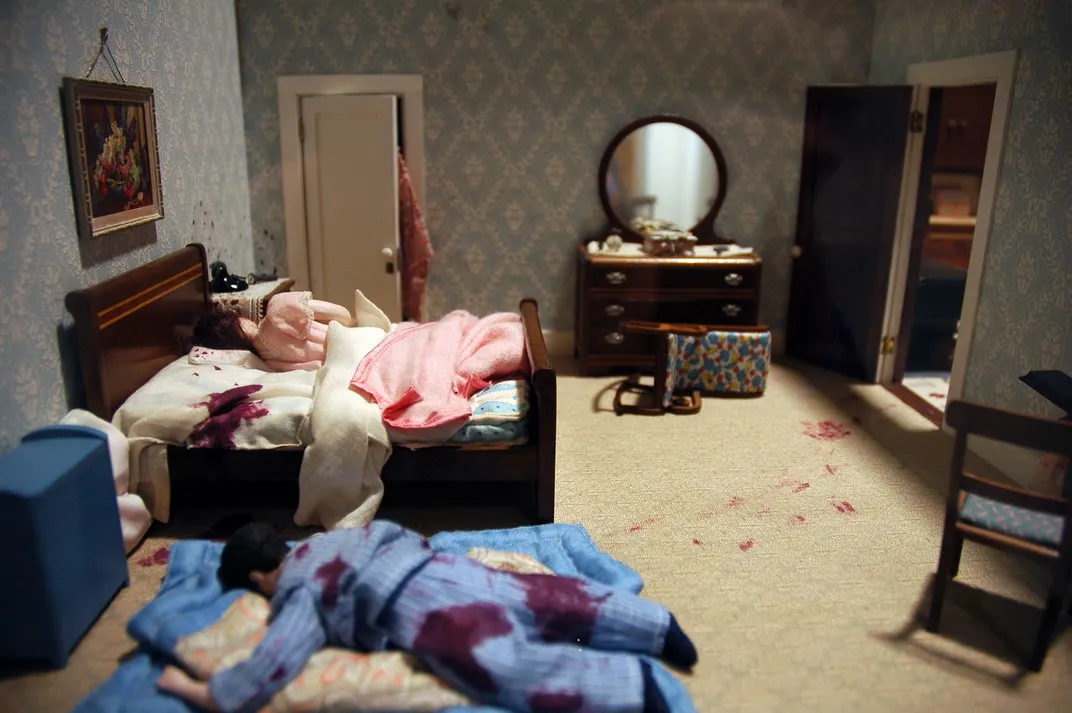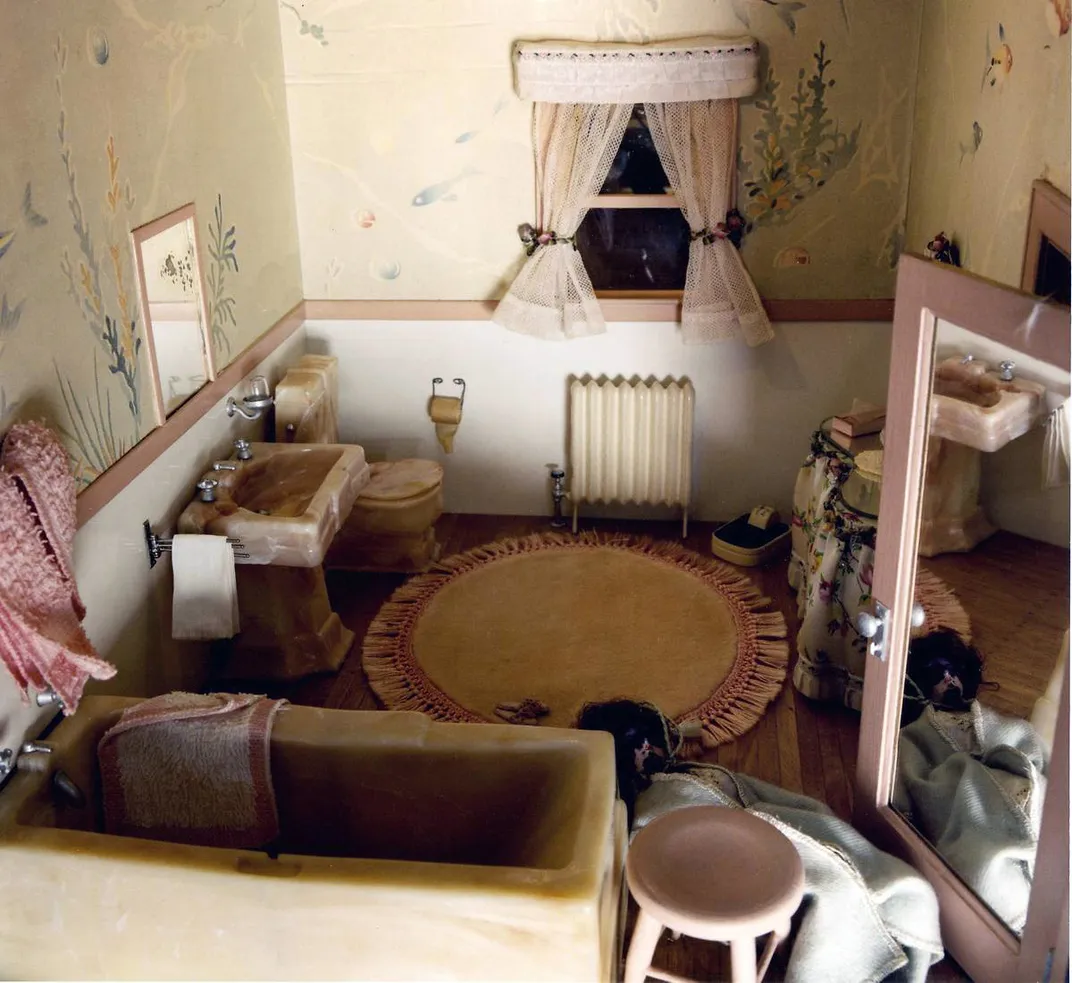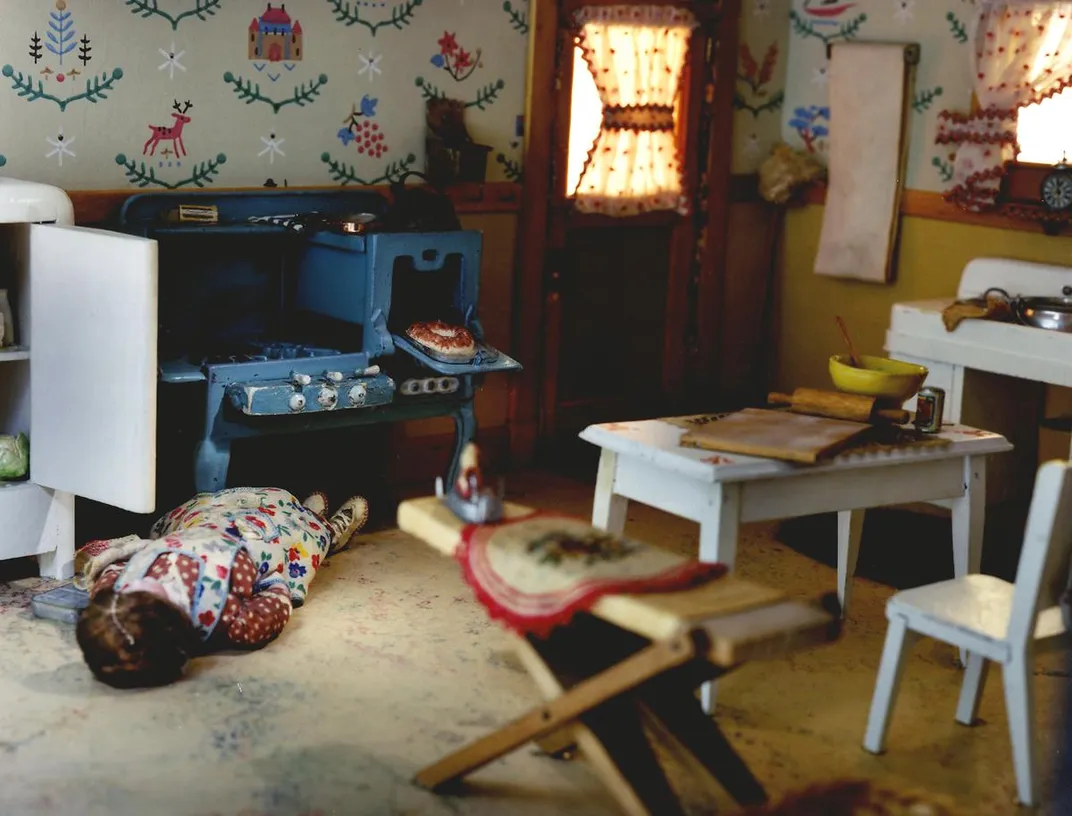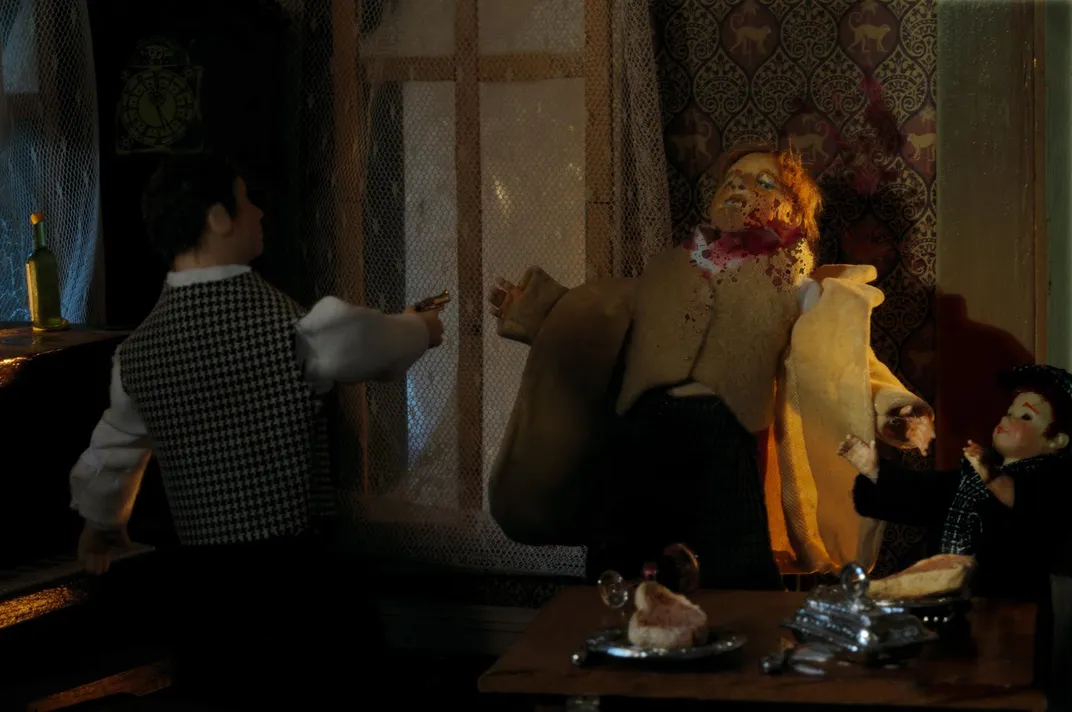How a Chicago Heiress Trained Homicide Detectives With an Unusual Tool: Dollhouses
Frances Glessner Lee’s miniature murder scenes are dioramas to die for
/https://tf-cmsv2-smithsonianmag-media.s3.amazonaws.com/filer/28/9b/289ba9c7-80fe-41e2-8d05-edf568ccd536/frances-glessner-lee.jpg)
Frances Glessner Lee (1878-1962) was a millionaire heiress and Chicago society dame with a very unusual hobby for a woman raised according to the strictest standards of nineteenth century domestic life: investigating murder. And she did this through a most unexpected medium: dollhouse-like dioramas. Glessner Lee grew up home-schooled and well-protected in the fortress-like Glessner House, designed by renown American architect H.H. Richardson, but she was introduced to the fields of homicide investigation and forensic science by her brother's friend, George Magrath, who later became a medical examiner and professor of pathology at Harvard Medical School. Instantly captivated by the nascent pursuit, she became one of its most influential advocates. In 1936, she endowed the Department of Legal Medicine at Harvard and made subsequent gifts to establish chaired professorships and seminars in homicide investigation. But that’s not all.
As architect and educator Laura J. Miller notes in the excellent essay “Denatured Domesticity: An account of femininity and physiognomy in the interiors of Frances Glessner Lee,” Glessner Lee, rather than using her well cultivated domestic skills to throw lavish parties for debutantes, tycoons, and other society types, subverted the notions typically enforced upon a woman of her standing by hosting elaborate dinners for investigators who would share with her, in sometimes gory detail, the intricacies of their profession. Glessner Lee oversaw every detail of these dinners herself, down to the menu and floral arrangements. She could probably tell you which wine goes best with discussion about a strangled corpse found in a bathroom. But the matronly Glessner Lee -- who may have been the inspiration for Angela Lansbury’s character in "Murder She Wrote"– wanted to do more to help train investigators. She wanted to create a new tool for them.

In her conversations with police officers, scholars and scientists, she came to understand that through careful observation and evaluation of a crime scene, evidence can reveal what transpired within that space. The physical traces of a crime, the clues, the vestiges of a transgressive moment, have a limited lifespan, however, and can be lost or accidentally corrupted. If a crime scene were properly studied, the truth would ultimately be revealed.
To help her investigator friends learn to assess evidence and apply deductive reasoning, to help them “find the truth in a nutshell,” Frances Glessner Lee created what she called “The Nutshell Studies of Unexplained Death,” a series of lovingly crafted dioramas at the scale of one inch to one foot, each one a fully furnished picturesque scene of domesticity with one glaringly subversive element: a dead body.

These miniature crime scenes were representations of actual cases, assembled through police reports and court records to depict the crime as it happened and the scene as it was discovered. They were pure objective recreations. The design of each dollhouse, however, was Glessner Lee’s own invention and revealed her own predilections and biases formed while growing up in a palatial, meticulously appointed home. She makes certain assumptions about taste and lifestyle of low-income families, and her dioramas of their apartments are garishly decorated with, as Miller notes, “nostalgic,” and “often tawdry” furnishings.
Investigators had to learn how to search a room and identify important evidence to construct speculative narratives that would explain the crime and identify the criminal. Glessner Lee’s models helped them develop and practice specific methods –geometric search patterns or zones, for example– to complete an analysis of a crime scene. “The forensic investigator,” Miller writes, “takes on the tedious task of sorting through the detritus of domestic life gone awry….the investigator claims a specific identity and an agenda: to interrogate a space and its objects through meticulous visual analysis.”
For example, the above Nutshell Study depicts a strangled woman found on the floor of her bathroom. No signs of forced entry. Close observation of the diorama reveals small threads hanging from the door that match the fibers found in the wound around the dead woman's neck. That, along with witness reports, allows one to deduce that woman in question used the stool to hang herself from the bathroom door.

In 1945 the Nutshell Studies were donated to the Department of Legal Medicine for use in teaching seminars and when that department was dissolved in 1966 they were transferred to the Maryland Medical Examiner’s Office, where they are on view to the public and are, in fact, still used to teach forensic investigation. But Glessner Lee’s influence continues outside the world of forensics. Artists like Ilona Gaynor, Abigail Goldman and Randy Hage have taken on projects that seem inspired by her deadly dioramas. But my favorite of these dollhouses is also the one that draws most directly from the Nutshell Studies: Speakeasy Dollhouse.

When artist and author Cynthia von Buhler learned about the mysterious circumstances surrounding her grandfather’s 1935 murder, she was inspired by Glessner Lee to create her own handmade dollhouses to try and make sense of it. She designed and built small-scale depictions of scenes from her family history--her grandfather’s speakeasy, a hospital room, and an apartment--and hand-made dolls to play all the parts in her family drama. Like Glessner Lee, she reconstructed her models from interviews, photos, police records, autopsy reports and other official and familial documents - anything and everything she could get her hands on. The hope was that seeing these spaces and literally reconstructing the events might reveal new aspects of the story.

Von Buhler then took things one step further by actually welcoming people into her dollhouse. In 2011, she recreated her models at human scale in a speakeasy-themed bar in New York, hiring actors to play the parts of the “dolls” in a fully immersive theater experience that unfolds around visitors, each of whom is assigned a small role to play. The show, Speakeasy Dollhouse, is an absolutely incredible experience. The more seriously you take your assignment, the deeper you get into von Buhler’s family mystery. When I attended, my friend fell in with a detective while I got a job as a gangster’s chauffeur. We each saw different parts of the story and heard different perspectives on events; occasionally we’d meet at the bar to compare notes. Like Glessner Lee’s detectives-in-training, we tried to make sense of everything we saw and every piece of evidence we found in the dollhouse. By the end of the night, we cracked the case (and drank a fair share of "bootlegged" hooch). Or maybe we just wrote our own. Like Von Buhler, like Glessner Lee, and like any detective, we filled in the story’s gaps with ideas and possibilities colored by our own tastes and influences, designing our own logical narrative. For a short while, we got to play in an imaginary world and create our own story. After all, isn’t that what a dollhouse is for?
/https://tf-cmsv2-smithsonianmag-media.s3.amazonaws.com/accounts/headshot/Jimmy-Stamp-240.jpg)
/https://tf-cmsv2-smithsonianmag-media.s3.amazonaws.com/accounts/headshot/Jimmy-Stamp-240.jpg)